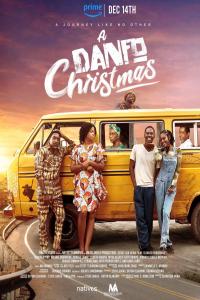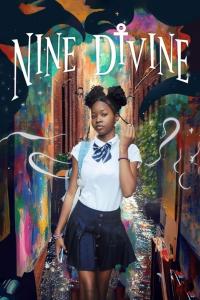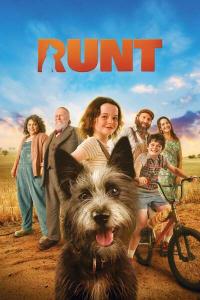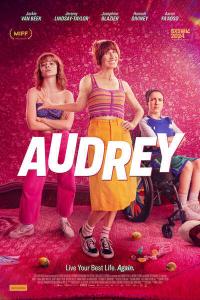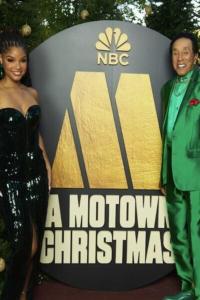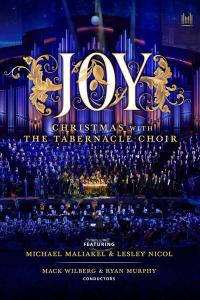Torrent details for "[prog-rock] (2024) Can - LIVE IN PARIS 1973 [FLAC] [DarkAngie]" Log in to bookmark
Controls:
Language:
 English
EnglishTotal Size:
589.20 MB
Info Hash:
bf21ed6d85f8eab04b4d7677f58bc4f4bcf6cb27
Added By:
Added:
03-04-2024 21:47
Views:
297
Health:

Seeds:
3
Leechers:
1
Completed:
24
Review:
When Can’s original vocalist Malcolm Mooney left the band, they discovered Damo Suzuki by complete happenstance. The Japanese-born traveler was busking his way through Europe, and Holger Czukay and Jaki Liebezeit witnessed one of his performances while in a cafe. Instantly captivated, they invited him to perform that night with Can. He was able to immediately lock into the band’s grooves with a similar feral intensity that Mooney brought to the table, but with a shamanistic energy that Mooney never had. With Suzuki as singer, Can put out their most acclaimed records, Tago Mago (1971), Ege Bamyasi (1972), and Future Days (1973). Then, as fast he wandered into the group, Suzuki left to marry his girlfriend and join the Jehovah’s Witnesses. (He would later leave the Jehovah’s Witnesses and return to music, but not with Can.) Thus, the studio output of classic-era Can with Suzuki on vocals is only those three albums and half of a soundtrack compilation, forcing Can fans to look elsewhere to scratch that itch. Because the band never released any official live albums while they were active, these fans needed to rely on bootlegs of live performances.
Thankfully, a British fan named Andrew Hall followed the band from show to show with a tape recorder concealed under oversized trousers, until he was eventually formally invited by the band to stand next to the speakers. It’s because of Andrew Hall’s recordings that founding member Irmin Schmidt and producer-engineer René Tinner can now release Can live shows in all their glory. Live in Paris 1973 follows Live in Stuttgart 1975, Live in Brighton 1973, and Live in Cuxhaven 1976, all released in 2021-2022, with the notable difference that at the time of this recording, the band still had Suzuki on vocals. Though the Live In Paris 1973 release date was announced weeks ago, the arrival of a live album documenting Can’s Damo Suzuki era has become quite timely for an unfortunate reason: Suzuki passed away last Friday. Though the cause of death is not yet known, he has battled colon cancer twice, first in the 1980s, and again in 2014, when he was given only a 10% chance of survival. Suzuki leaves behind a formidable legacy, and this latest live release captures him and Can at their absolute peak.
Can have been covered by Radiohead and Pavement’s Stephen Malkmus, name-dropped by the Fall, Portishead, and LCD Soundsystem, sampled by Kanye West and A Tribe Called Quest, and had their songs repurposed as band names by Spoon and Yoo Doo Right. As such, Can has become one of the most beloved bands from the genre known as krautrock. The musicians born around World War II or immediately after the war grew up in a cultural void, thanks to Adolf Hitler’s traditional values in art, the allied occupation of Germany post-war, and a post-war culture of willful forgetting: No one wanted to talk about the horrors that just transpired, even though Germany was still in the state of rebuilding itself after structural and economic devastation. Many German musicians did not want to sound like the British or American music that was popular at the time, and so they created krautrock as a way of forging a distinct musical identity. Some, like Amon Düül II, did this by embracing psychedelic rock. Others, like Kraftwerk, by embracing new technologies such as the synthesizer. Some, like Neu!, set themselves apart by creating a new drumbeat–the motorik, or Apache beat–that represented Germany’s onward momentum out of the post-war depression. — by Marshall Gu on Stereogum

Track List:
01 - Paris 73 Eins (36:27)
02 - Paris 73 Zwei (09:20)
03 - Paris 73 Drei (16:35)
04 - Paris 73 Vier (15:06)
05 - Paris 73 Fünf (13:46)
Media Report:
Genre: prog-rock
Origin: Cologne, Germany

Format: FLAC
Format/Info: Free Lossless Audio Codec
Bit rate mode: Variable
Channel(s): 2 channels
Sampling rate: 44.1 KHz
Bit depth: 16 bits
Compression mode: Lossless
Writing library: libFLAC 1.2.1 (UTC 2007-09-17)
Note 1: If you like the music, support the artist
Note 2: Track 5 is not perfect, it has a cut near the end










